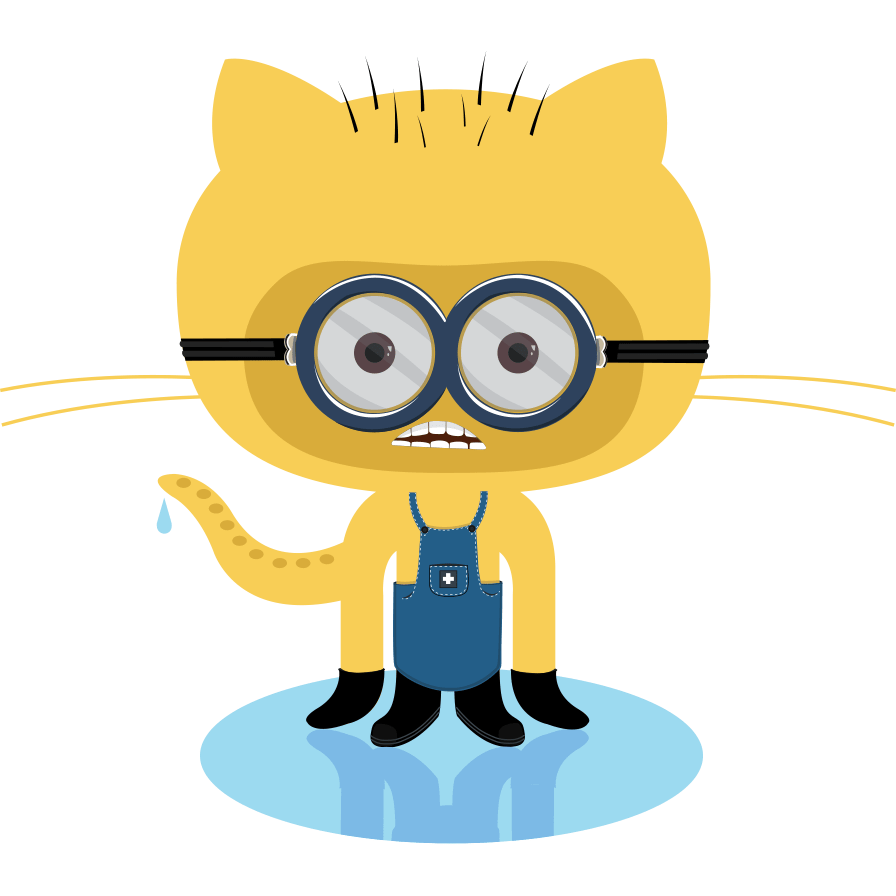2 KiB
+++ description = "How to extend image effects" options = ["imageEffects"] title = "Image Effects" weight = 3 +++
This page shows you, how to configure custom image effects on top of existing ones.
This setting can also be overridden by your front matter. For a detailed usage example, see this page.
If you don't configure anything in your hugo.toml, the image effects default to
Default Values
{{< multiconfig >}} [imageEffects] border = false lazy = true lightbox = true shadow = false {{< /multiconfig >}}
Configuration
{{% badge style="cyan" icon="gears" title=" " %}}Option{{% /badge %}} You can change these settings in your hugo.toml and add arbitrary custom effects as boolean values (like bg-white in the below snippet).
{{< multiconfig file=hugo >}} [params] [params.imageEffects] bg-white = true border = true lazy = false {{< /multiconfig >}}
This would result in
{{< multiconfig >}} [imageEffects] bg-white = true border = true lazy = false lightbox = true shadow = false {{< /multiconfig >}}
Example
With this configuration in effect, the following URL

would result in
<img src="https://octodex.github.com/images/minion.png" loading="lazy" alt="Minion" class="bg-white border nolazy lightbox noshadow">
Styling Effects
If the resulting effect value is
true: add a class with the effect's namefalse: add a class with the effect's name and a "no" prefix
Styles for default effects are contained in the theme. Add styles for your custom effects to layouts/partials/content-header.html.
For the above example you could add styles for both boolean cases:
<style>
img.bg-white {
background-color: white;
}
img.nobg-white {
background-color: transparent;
}
</style>